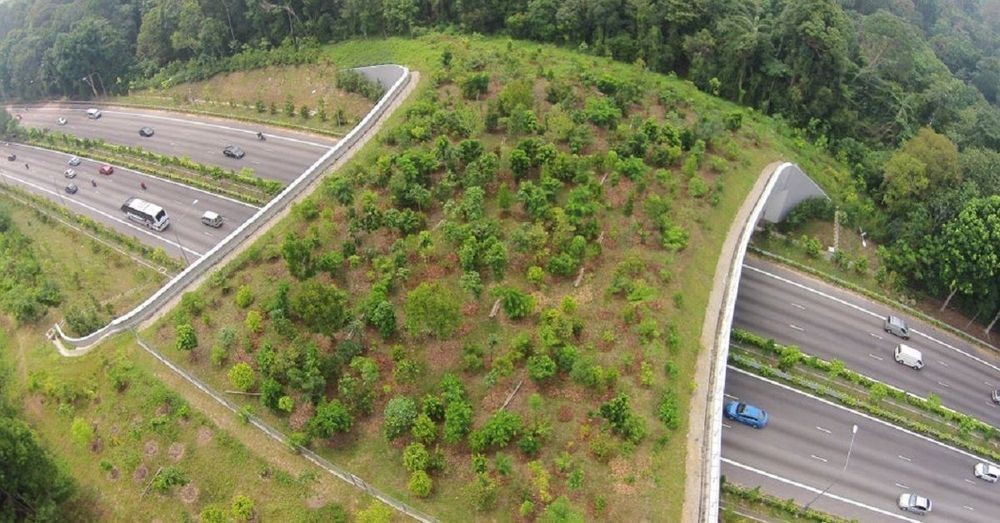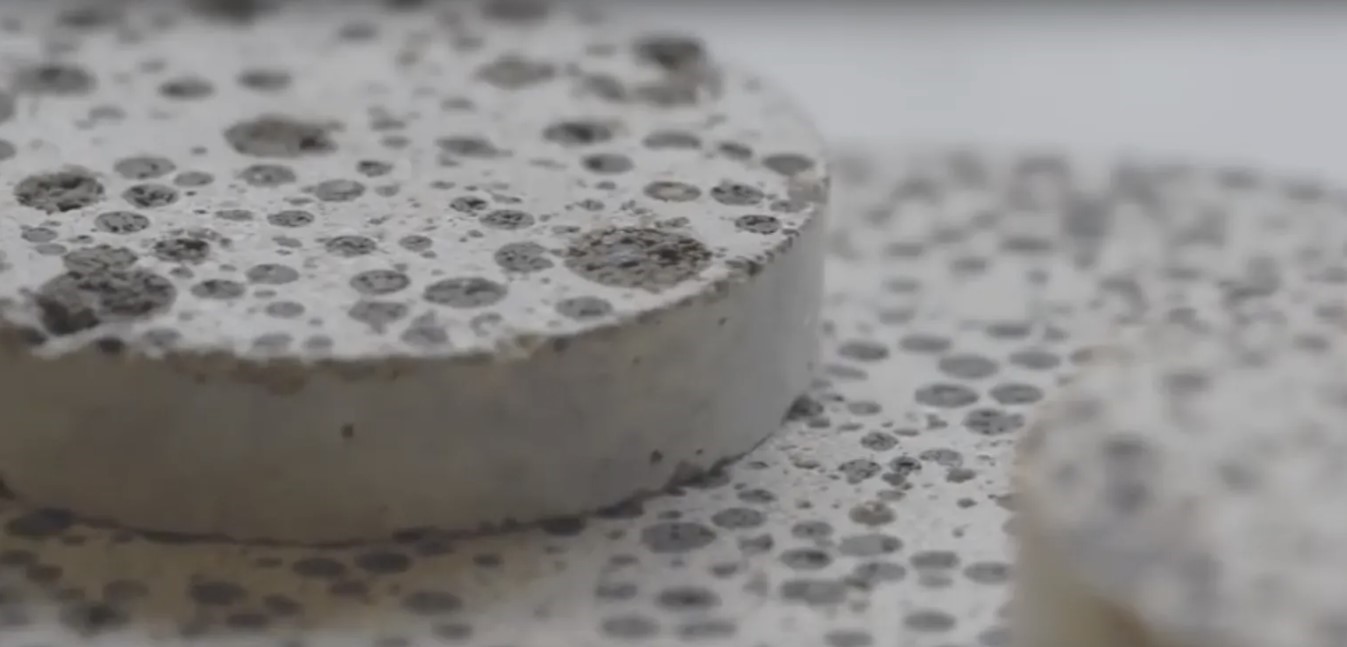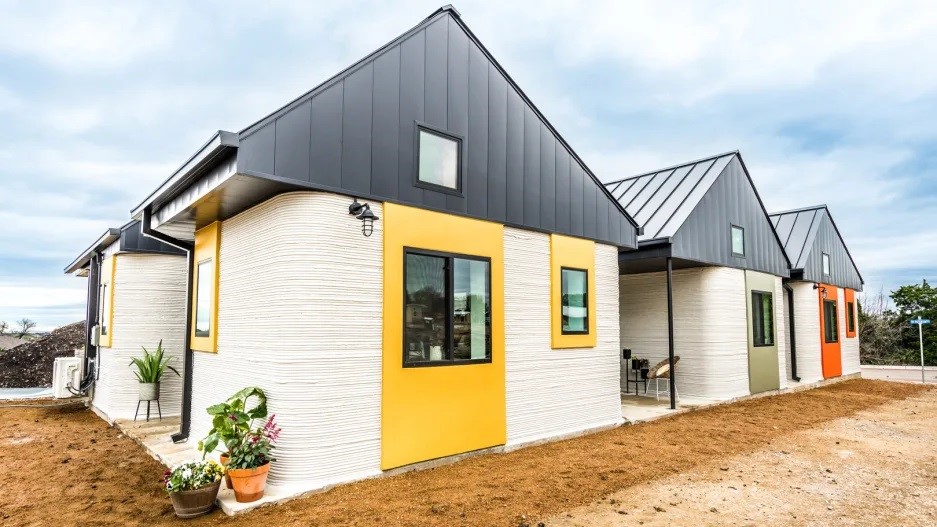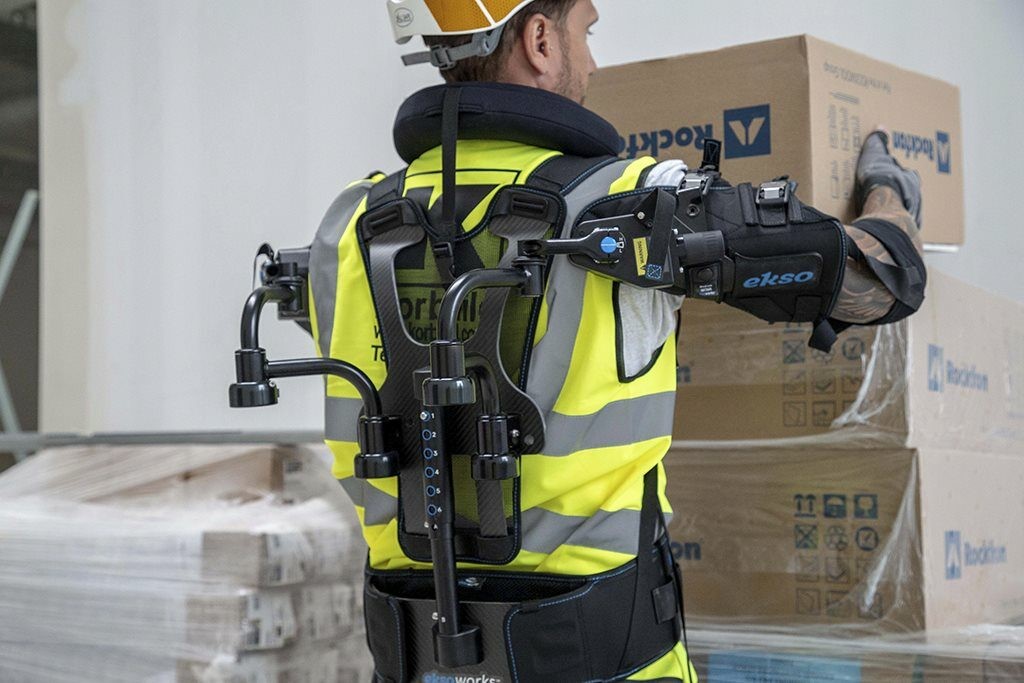Innovation in Construction: Finding New Methods of Sustainability
June 27, 2022The construction industry is a dynamic industry that builds the foundation of our communities, quite literally. The architecture of our schools, hospitals, roadways, and most structures that serve us daily are created by the physical labor and management of construction professionals. So, who better to help innovate global efforts towards sustainability and environmental friendliness in our society than these crucial industry leaders?
Forward thinkers in the field of construction have been working towards sustainability for centuries, finding new ways to innovate and “go green” by initiating creative construction projects with the environment in mind. Support of these projects has increased over the years as well, as is seen with recent increases in funding. According to Constructiondive.com, U.S. construction technology investor funding reached a record high of $2.1 billion in 2021, which was more than a 100% increase from the previous year. And this trend won’t be slowing down anytime soon. A report from Accenture.com suggests that “AI (artificial intelligence) has the potential to boost rates of profitability by an average of 38 percent by 2035 and lead to an economic boost of US $14 trillion across 16 industries in 12 economies by 2035.”
There is no better time to explore the potential of the industry by becoming a construction professional today.
Wildlife or “green” bridges
Wildlife or “green” bridges are being used in construction as an innovative way to help reduce automobile accidents caused by wildlife trying to cross busy roadways. These bridges are disguised as a normal woodland path to invite crossing animals, and are typically built above highways that are in close proximity to forests, where high speeds and errant wildlife can cause accidents. These bridges also reduce roadkill and help protect wildlife, as well as increase the “green ratio” by adding more space for vegetation to grow. While this idea has been around for decades, it is through creative adaptations that we are able to bring these bridges to the U.S. and use them more widely.
Self-healing bacteria-based concrete
Concrete is one of the most widely used materials in the construction industry. It is typically reinforced with steel bars to maintain its integrity. But once the concrete inevitably cracks due to its low tensile strength, this allows for harmful materials like chloride, oxygen, water, etc. to get inside, causing the corrosion of the steel and more damage to the concrete until its structure ultimately fails.
“The cracking of concrete is a problem because of the need for repair, which can be terribly expensive,” states Richard Cooper, Professor of Biology and Biochemistry at University of Bath, who works in collaboration with the University of Cambridge on developing self-healing bacteria to be used in concrete. This bacteria (specific strains of Bacillus) produces spores that can last over 100 years in most cases and produces limestone, which can fill the cracks in concrete. This will help with costs in repairs as well as prevent the safety risks associated with repairing the concrete manually.
Green or “living” walls
Green walls, often referred to as “living” walls or vertical gardens, are more than just vegetation planted on a wall in a city, or ivy climbing the sides of your house. There is an actual structural system involved, as well as proper planning, to ensure that your plants thrive in this specialized ecosystem. According to Architizer.com, there are three common types of systems: panel/modular, tray, and freestanding. Each system requires professional installation with a specific design, materials, and drainage system in mind. These walls need planning as to their size, shape, positioning, longevity, and structural soundness. Construction professionals are integrating these vegetation systems into their buildings, especially those in cities where opportunities for gardens are sparse. These walls offer many benefits, as they not only create a beautiful aesthetic, but can positively affect personal health as well. Improved mental health in the workplace and air purification are just a few of the noted benefits of green walls. They also provide places for beneficial insects, birds, and other animals to thrive and help in offsetting the effects of global warming.
3D Printed Housing
In today’s economy, affordability and access to materials is at an all-time low. This is when innovation in the housing industry can really pay off. 3D printing is a new method of building houses that involves the programming of machinery to translate 3D images into a real-life product using compatible materials.
This type of housing is not only more affordable, but faster to produce, allows for customization, and reduces labor costs and safety risks. It is also more sustainable since it reduces material use, waste, and the destruction of trees. This makes it a viable option for reaching disparaged communities, the homeless, and those who cannot afford typical housing. According to TheZebra.com, 3D printed housing could even be the first seen on other planets like the moon and Mars, as NASA is looking to use this technology in their space colonization efforts.
Virtual Reality, Computer Aided Design, Artificial Intelligence, and Unmanned Systems
Technology has come a long way in the construction industry, and with new tools available to workers and managers, the possibilities are endless when it comes to innovation. Advancements in technology allow for optimized workflows, streamlined methods, data analytics, predictive analytics, safety and risk management, autonomous systems, and mechanized procedures, to name just a few. For example, by using virtual reality within a construction project, workers can use a 3D virtual environment to test theories, plan construction, and view areas before beginning their physical labor, thus circumventing issues that could arise during the project that could cause injuries or delays.
This is also seen as an advantage of a “digital twin,” which is a digital or virtual replication of a building or architecture that can be managed from a computer or device and analyzed. Data and metrics collected from this twin can help to determine heating and cooling efficiencies, structural integrity, and maintenance needs, as well as allow for the asset management of employees, resources, systems, and devices. It also allows for employees to telework, which is especially useful during these uncertain times.
Construction sites may start looking like scenes from the movie “Pacific Rim,” in that employees are now wearing mechanized equipment in their daily work. This includes hard hats that feature wireless connectivity and suits made of exoskeleton apparatuses. These forms of wearable technology help to improve communication, mitigate risks, and promote efficiency amongst workers.
According to BigRentz.com, drones are also revolutionizing the industry in cost reduction and safety aspects. Since drones can be flown high above a construction site, workers can determine the topography of an area, perform land surveys, track equipment across a site, provide security surveillance, generate progress photographs, and even deliver materials. Drones are just one of the many types of technology that are proving beneficial to the industry.
Innovation in construction is important because it can help save costs and labor, reduce risks and accidents, increase safety and productivity, and improve quality of life in our society. People who may not have had access to affordable housing can now live in a 3D printed house at lower cost. Reduced risk of highway accidents caused by wildlife can now improve a morning commute to work. Virtual reality in construction technology can now assist in building a more stable hospital. For these reasons, the need for creative thinkers in construction is crucial.
Luckily, the construction industry welcomes professionals from all degree areas, as it is a diverse field that needs employees of various backgrounds and educational concentrations. The field of construction needs managers, IT professionals, builders, engineers, systems operators, computer scientists, safety officers, data analysts, specialists, and so much more. You can find degrees in all of these fields at Capitol Technology University, including Computer Science, Artificial Intelligence and Data Science, Construction and Facilities, Critical Infrastructure, Engineering Technologies, Management of Technology, Occupational Safety & Health, and Unmanned Systems.
To learn more about these program offerings, visit our website or contact admissions@captechu.edu.
Written by Erica Decker






